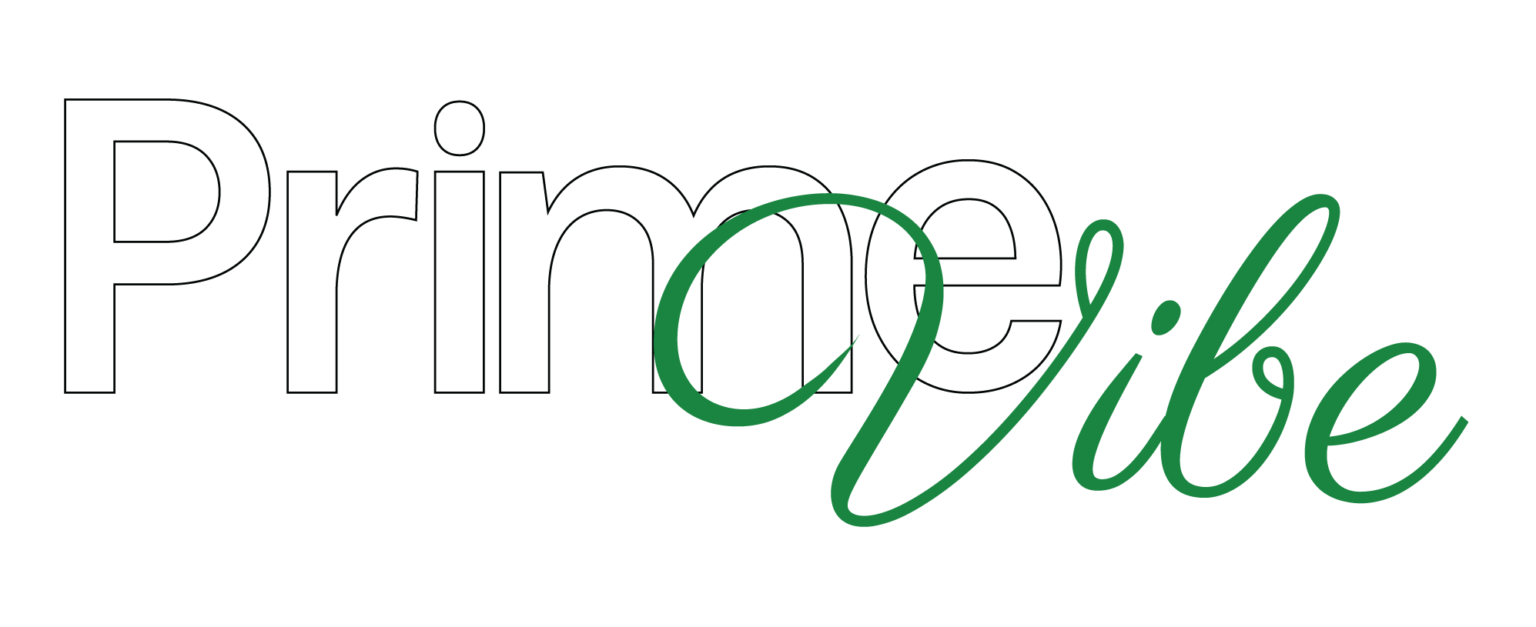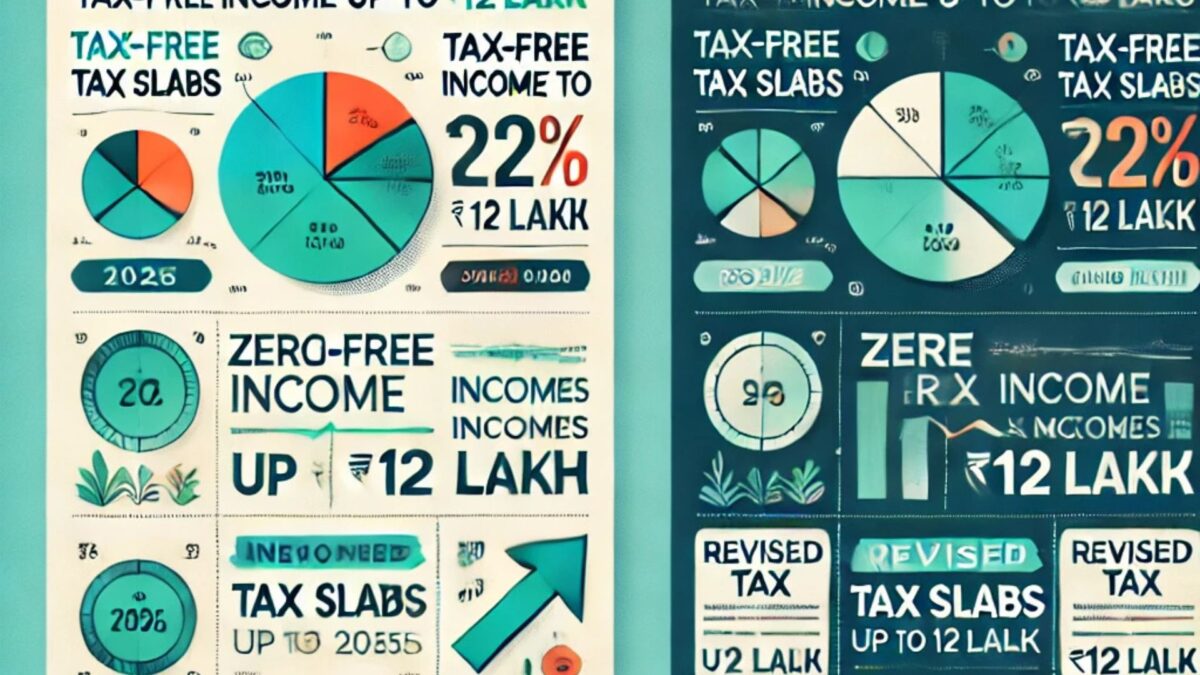In a landmark move, the Indian government has announced that no income tax will be levied on annual salaries up to ₹12 lakh under specific conditions. This significant tax relief, introduced as part of the Union Budget 2025, is a major step toward empowering middle-income earners and simplifying the taxation process under the new tax regime. This article explores the details of the announcement, its implications, and how taxpayers can benefit from it.
What’s New in the Tax Regime?
The Union Budget 2025, presented by Finance Minister Nirmala Sitharaman, brought welcome changes to the income tax structure. The highlight is the revised tax rebate under Section 87A, which has been extended to cover individuals with a taxable income of up to ₹7 lakh. Additionally, salaried individuals earning a gross income of up to ₹12 lakh annually can now utilize various deductions and exemptions to reduce their taxable income to below ₹7 lakh, thereby eliminating their tax liability.
This adjustment is part of the government’s ongoing effort to simplify tax compliance and provide greater financial relief to the middle class. It not only reduces the financial burden on taxpayers but also incentivizes savings and investments.
Revised Income Tax Slabs
Here’s a look at the new tax slabs under the updated tax regime:
| Annual Income (₹) | Tax Rate (%) |
|---|---|
| 0 – 3,00,000 | 0% |
| 3,00,001 – 6,00,000 | 5% |
| 6,00,001 – 9,00,000 | 10% |
| 9,00,001 – 12,00,000 | 15% |
| 12,00,001 – 15,00,000 | 20% |
| Above 15,00,000 | 30% |
These revised slabs are applicable only under the new tax regime, which has been made more attractive with the removal of complexities and the inclusion of additional benefits.
How to Pay Zero Tax on a ₹12 Lakh Salary
If you earn up to ₹12 lakh annually, you can plan your finances to ensure zero tax liability by utilizing the following deductions and exemptions:
- Standard Deduction (₹50,000) Salaried individuals automatically receive a flat deduction of ₹50,000 from their gross income.
- Employer’s Contribution to NPS (₹1.5 Lakh) Contributions made by your employer to the National Pension System (NPS) under Section 80CCD(2) are tax-free.
- Other Allowances and Benefits (₹1 Lakh) Various allowances, such as transport reimbursements, meal vouchers, or contributions to the Employee Provident Fund (EPF), can further reduce your taxable income.
Example Calculation:
| Gross Salary | ₹12,00,000 |
| Standard Deduction | -₹50,000 |
| Employer NPS Contribution | -₹1,50,000 |
| Allowances and Benefits | -₹1,00,000 |
| Taxable Income | ₹7,00,000 |
With a taxable income of ₹7 lakh, you qualify for the 100% rebate under Section 87A, resulting in zero tax liability.
Benefits for Different Income Levels
The table below summarizes the tax benefits for individuals earning up to ₹12 lakh annually under the new regime:
| Gross Income (₹) | Tax Before (₹) | Tax After (₹) | Rebate (₹) | Final Tax Payable (₹) |
| 8,00,000 | 30,000 | 20,000 | 20,000 | 0 |
| 9,00,000 | 40,000 | 30,000 | 30,000 | 0 |
| 10,00,000 | 50,000 | 40,000 | 40,000 | 0 |
| 11,00,000 | 65,000 | 50,000 | 50,000 | 0 |
| 12,00,000 | 80,000 | 60,000 | 60,000 | 0 |
What If Your Income Exceeds ₹12 Lakh?
If your annual income exceeds ₹12 lakh, the taxable portion will be calculated based on the new slab rates. Here’s how it works:
- For a gross salary of ₹16 lakh, after deductions, the taxable income might reduce to around ₹14 lakh, which falls in the 20% slab. The tax liability in this case would be approximately ₹1,20,000.
- Similarly, for incomes above ₹20 lakh, the effective tax rate would apply based on the highest slab of 30%.
While the zero-tax benefit does not extend beyond ₹12 lakh, the lower slab rates under the new regime still provide considerable relief to higher earners.
Why This Move Matters
This tax reform is a significant step toward simplifying compliance and alleviating the financial burden on middle-class families. Here are the key takeaways:
- Encourages Savings and Investments The new regime incentivizes taxpayers to structure their finances better, promoting long-term savings through instruments like NPS and EPF.
- Greater Disposable Income With zero tax liability on incomes up to ₹12 lakh, individuals have more money to spend or save, boosting overall economic activity.
- Simplified Compliance By eliminating complex calculations and providing flat deductions, the new tax regime is easier to navigate for taxpayers.
Final Thoughts
The government’s decision to waive income tax on salaries up to ₹12 lakh is a game-changer for middle-class taxpayers. By planning your finances wisely and making use of available deductions, you can maximize your tax savings and benefit from the revamped system. Even for individuals earning beyond this threshold, the revised slab rates ensure lower tax burdens compared to the old regime.
Read More:- No Income Tax on ₹12 Lakh Salary: Big Relief for Middle-Class Taxpayers in Union Budget 2025


